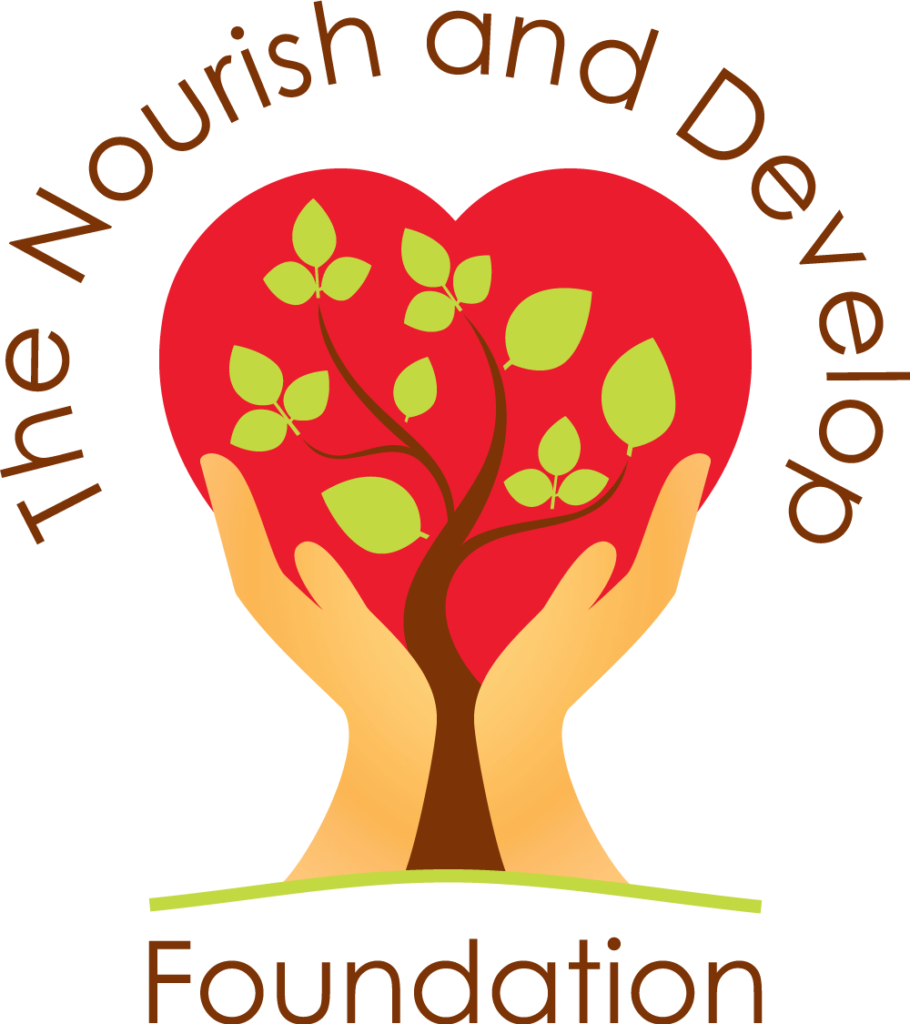Mindfulness can be described as…
a type of meditation which involves shifting your consciousness to be completely aware of what you are doing, where you are, what you are thinking, and what you are feeling. This may sound simple to access, and it can be, but the challenge lies in being fully engaged in these moments without allowing judgment or distraction to impact your experience. Throughout the pandemic, we adapted by directing our attention to activities protecting our cleanliness, health, and well-being, perhaps more so than before. These conscious acts of breaking autopilot are part of practicing mindfulness which can help improve our overall mental health. Today we ask you to try out some techniques to shift your focus to the present!
Benefits of mindfulness:
Relieves stress
Improves sleep
Decreases feelings of depression and anxiety
Regulates emotions
Develops self-control
Enhances focus
Boosts working memory
Increases cognitive flexibility
Importance of mindfulness:
Mindfulness is a subjective experience but has a unique set of intentions. Through curiosity, we can notice our automatic thoughts, emotions, and sensations. It is something that takes regular practice and checking in. When we spend time in the ‘here and now’, we tend to be less preoccupied with worrying about the future and ruminating over regrets of the past. The goal is not to be thoughtless and void of sadness or anger, but rather to be getting the most out of every moment. Instead of trying to avoid or suppress a feeling, the act of mindfulness encourages us to explore that feeling, to let it be, and to see where it takes us. Once that has happened, we are able to move forward. Mindfulness has been incorporated into therapies like Cognitive Behavioural Therapy and Acceptance and Commitment Therapy due to its proven effectiveness.
Left: The Blissful Mind
Above: CMHA National
Working mindfulness into your day:
- Eating a meal without having technological devices on (phone, television, computer) to savour each flavour smell, and notice how it makes you feel.
- Taking 5 breaths. Take 4 seconds to inhale, hold for 4 seconds, and release the breath through exhaling for 4 seconds. Repeat 4 more times. Just 1 minute of dedication can instantly make us feel more relaxed.
- Going for a walk outside and tune in with your senses. Whether it is the warmth of the sun on your skin, the sound of the birds chirping, the feeling of rocks beneath your feet, the smell of the fresh air, etc. There is so much going on around us that we can sometimes take for granted.
- Naming your emotions. When you feel an emotion (joy, guilt, jealously, anger, sadness, excitement, etc.) name it! That’s all you need to do. Simply identifying it can bring us one step closer to understanding our inner workings such as connecting the emotion to an event or something we saw which invoked that feeling.
- Creating a mantra. A personal mantra could be a word, sound, or brief sentence that is intended to inspire or motivate you and to guide your thoughts through affirmation. Some examples are ‘I matter’, ‘I am worthy’, ‘I am in control of my life’, ‘This too shall pass’ as long as it resonates with you. Say it out loud or write it down during a mindful moment.
- Mixing up your routine. When we change up our environment, we are naturally more attentive to the details in our surroundings because there are new stimuli for our brains to process. This can go beyond physical travel such as trying new foods, engaging in creative activities, or taking up a new hobby.
- Being patient. There is no one-size-fits-all method to achieving mindfulness. If you have trouble the first time or after several attempts, keep trying different approaches until you find what works for you.



